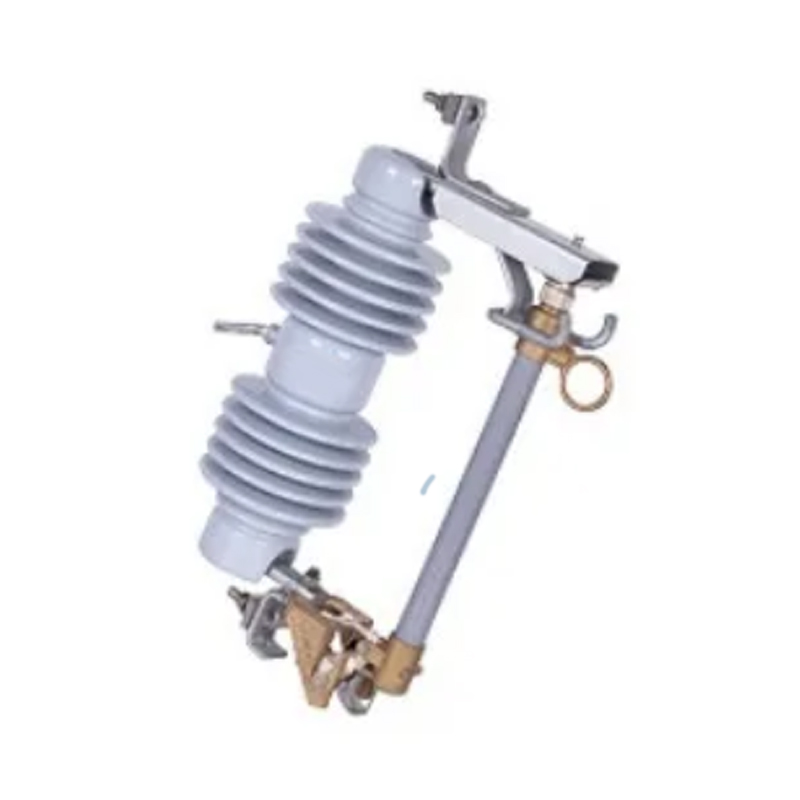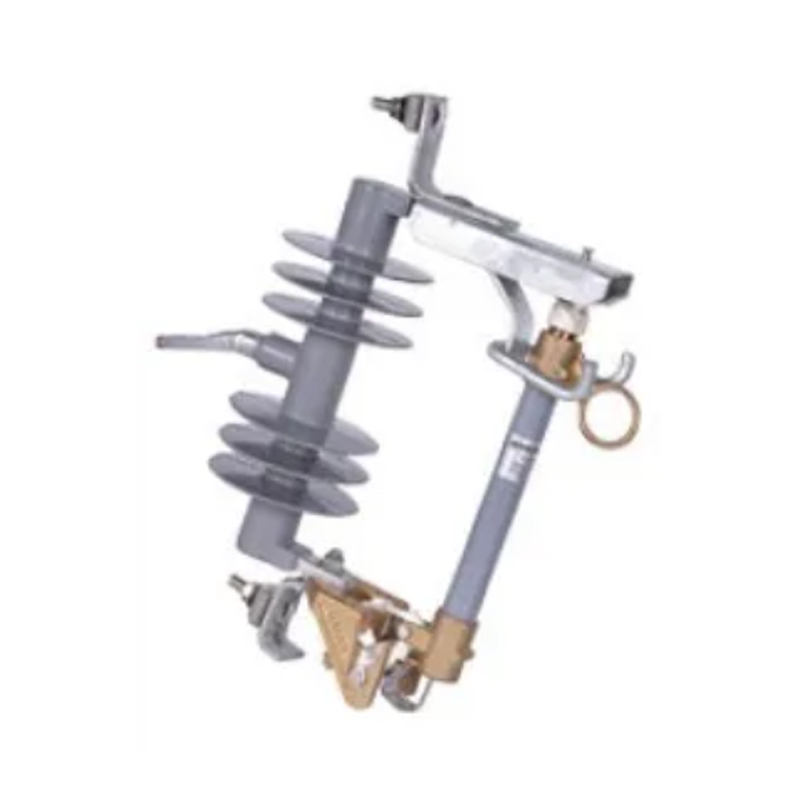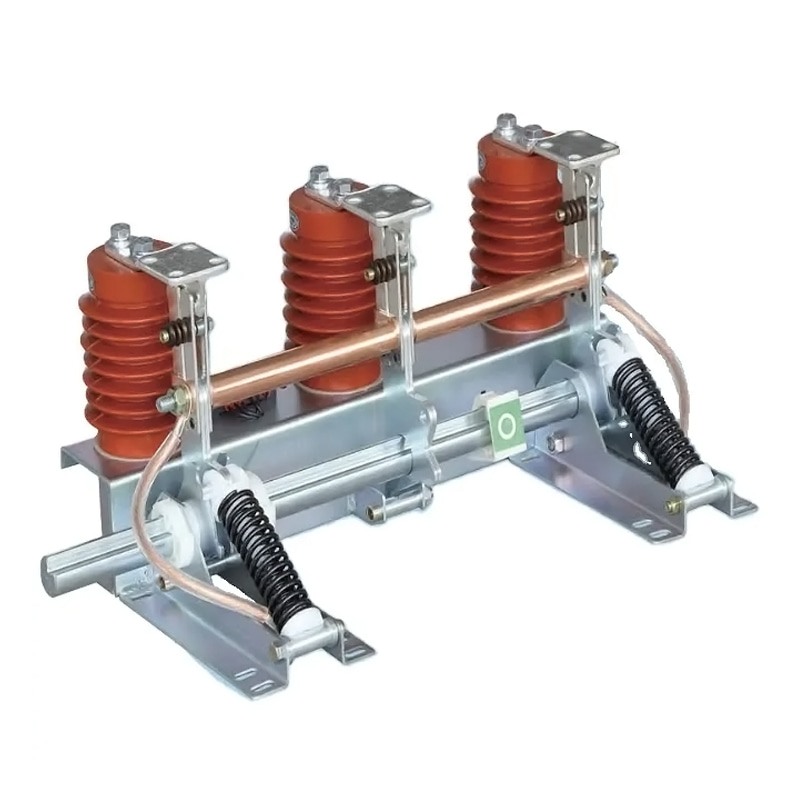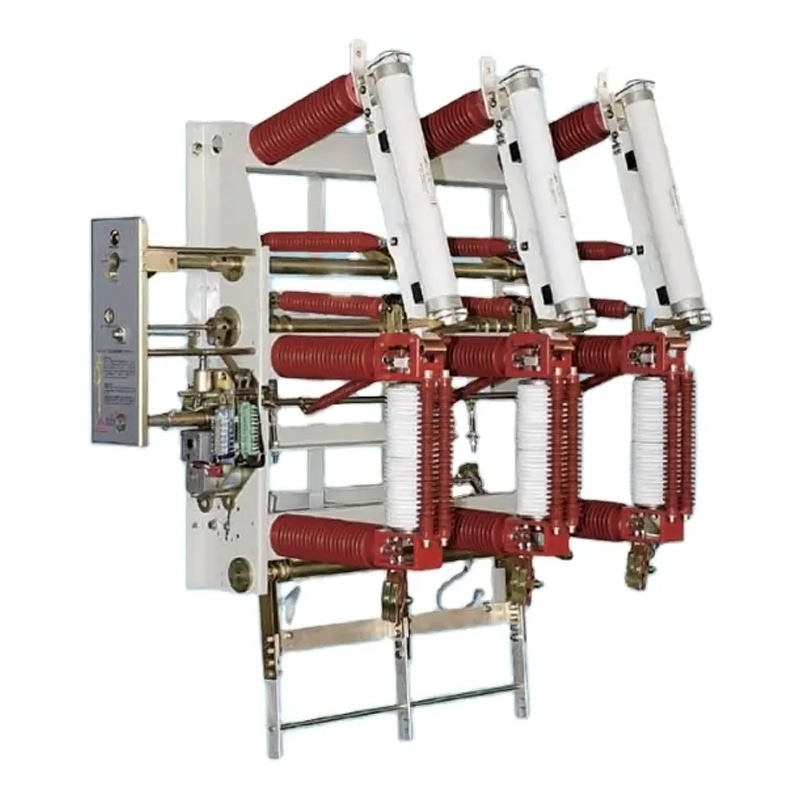Among the key components in this domain are the Electrical MV Panels and Gas Insulated Medium Voltage Switchgear. These technologies represent significant advancements in ensuring the reliable, efficient, and safe operation of electrical systems in a variety of settings.
Electrical MV Panels are central to the control and distribution of electrical power in medium voltage applications, typically ranging from 1 kV to 36 kV. These panels serve as the backbone of electrical distribution networks, enabling the safe and efficient delivery of power to various downstream circuits and equipment.
An Electrical MV Panel typically comprises several key components, including circuit breakers, disconnect switches, protection relays, and metering devices. These components work together to perform critical functions such as:
Circuit breakers and fuses within the MV panels protect electrical circuits from overcurrent, short circuits, and other fault conditions, thereby preventing damage to equipment and ensuring safety.
Disconnect switches provide a means to safely isolate sections of the network for maintenance or emergency purposes without disrupting the entire system.
Protection relays and metering devices enable precise control and monitoring of electrical parameters, ensuring good performance and facilitating proactive maintenance.
Electrical MV Panels are utilized in a wide range of applications across various industries. Some of the common applications include:
These panels are essential in manufacturing and processing plants where reliable power distribution is critical to maintain continuous operations.
Large commercial establishments, such as shopping malls and office complexes, rely on MV panels to manage and distribute power efficiently.
Electrical MV Panels are a key component in substations and distribution centers operated by utility companies, ensuring stable power supply to residential and commercial areas.
The use of Electrical MV Panels offers several advantages:
MV panels are designed to provide high reliability, reducing the likelihood of power outages and ensuring continuous operation.
With integrated protection devices and isolation mechanisms, MV panels enhance the safety of electrical installations, protecting both equipment and personnel.
These panels can be easily scaled and customized to meet the specific needs of different applications, offering flexibility in power distribution design.
Gas Insulated Medium Voltage Switchgear (GIS) represents a sophisticated evolution in switchgear technology. GIS utilizes sulfur hexafluoride (SF6) gas as an insulating medium, which provides predominant insulation and arc-quenching properties compared to traditional air-insulated switchgear.
GIS is characterized by its compact and enclosed design. The main components of GIS include:
GIS incorporates circuit breakers that use SF6 gas to extinguish arcs, ensuring reliable interruption of fault currents.
These components enable safe isolation and grounding of circuits within the GIS.
The busbars and electrical connections within GIS are encapsulated in SF6 gas, providing excellent insulation and reducing the risk of electrical faults.
SF6 gas offers several key benefits that make it ideal for use in medium voltage switchgear:
SF6 has a dielectric strength significantly higher than air, allowing for more compact switchgear designs.
The gas effectively quenches electrical arcs, enhancing the safety and reliability of the switchgear.
SF6 is chemically stable and non-reactive, which contributes to the long service life of GIS.
Gas Insulated Medium Voltage Switchgear is widely used in applications where space is at a premium and high reliability is required. Common applications include:
GIS is ideal for urban substations where space constraints make traditional switchgear impractical.
Industries with critical power needs, such as data centers and semiconductor manufacturing plants, benefit from the reliability and compactness of GIS.
GIS is increasingly used in renewable energy installations, such as wind and solar farms, where reliability and environmental considerations are paramount.



 English
English русский
русский عربى
عربى










